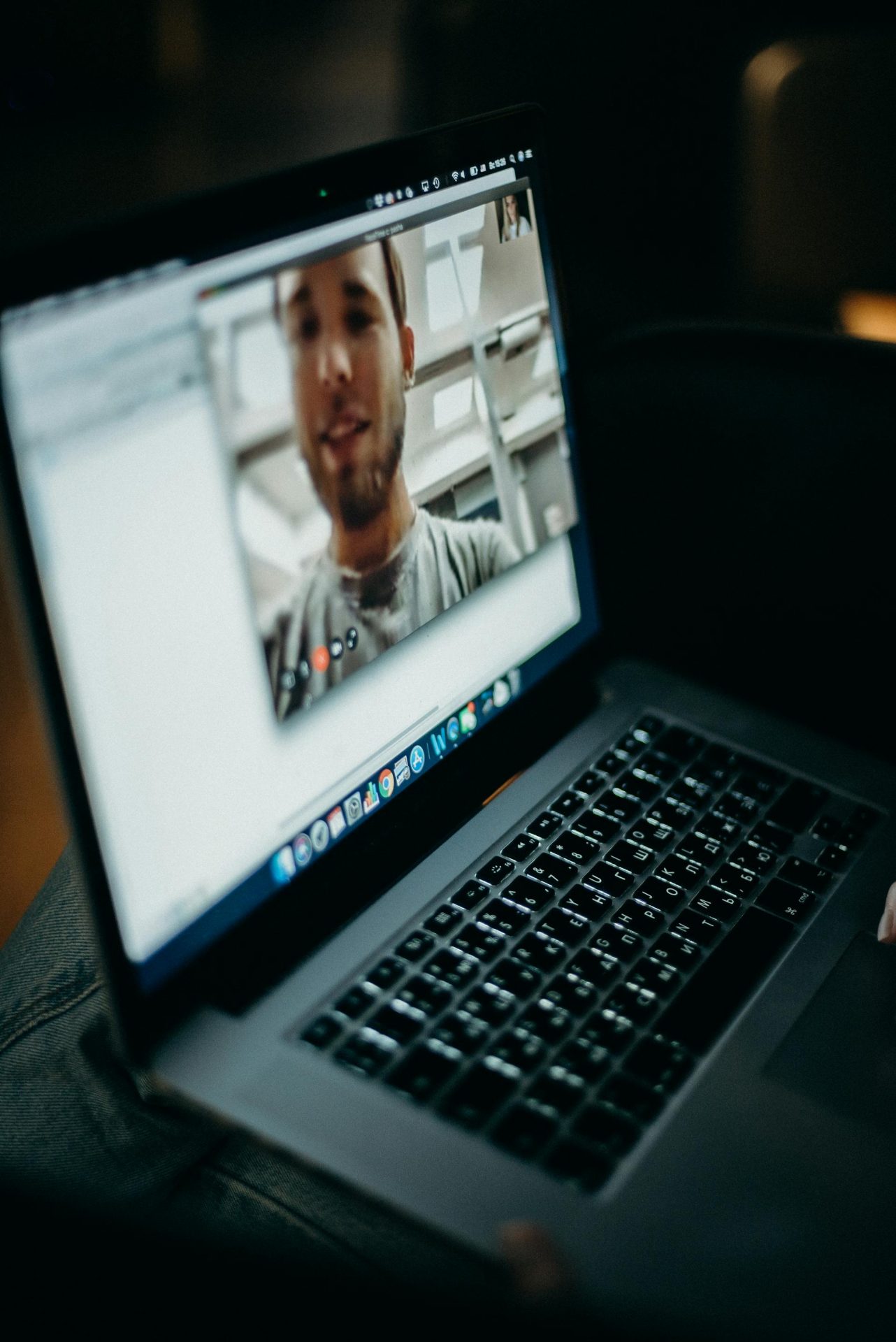
In 2020, as the world switched to Zoom and Teams, I wrote a much-mocked blog post called “How to look good on your laptop”.
Four years on, how’s that working out? Do people still use video to make calls? Absolutely. And does how one looks on calls matter? I would argue it very much does.
These days, a video call on a laptop or webcam can apply to anything from a mundane call with colleagues through to a live appearance on network news. Most “office” workers use such calls to sell, buy, persuade, influence, manage, negotiate, coach. Some of the same rules apply to video calls as to in real life. Sellers generally are more likely to take care of their online appearance, and more likely to join on time, than buyers are.
People (men) who don’t comb their hair in real life, don’t do it online either.
One big shift has been in the professionalization of “backgrounds”, whether corporate backgrounds, simple blurring or faux office or home photo. Broadcast outlets have naturally been keen to get people back into their studios when possible, but for remote interviews they generally prefer real home settings – easiest if you live in a big house with a home office.
I would argue, though, that too often people are over-invested in sorting their background and don’t focus enough on what’s in front of the background, ie their head, body and voice. For many meetings, that may not matter much. For others, such as pitches or media interviews, you need to give it your full attention, and you’re on display. Appearance is, for better or worse, part of how people on the other end of the phone judge your reliability and the value of your consulting.
When it comes to how you look and act, I’ve observed three key areas where standards are noticeably mixed:
Firstly, lighting. Use of ring lights still seems far too modest as some people have serious problems with shadows and low lighting. On any call of importance, you need to be well lit from light off-camera coming directly onto your face to defeat shadows. Avoid situations as well where sunlight may dramatically change during a call.
Secondly, camera angle and your positioning. Looking down on the laptop camera or webcam is a terrible look, as is a face that’s too big or too small for the screen. If the laptop camera is too low, get your laptop higher – large art books do the trick. Think in terms of a head and shoulders triangle that fills most of the screen. Ideally the camera should be slightly above your eyes, aligned with your forehead. One school of thought suggests that to be more natural or interesting, you should be off-centre on the screen, say two-thirds to one side, with your eyes about two-thirds of the way up.
Thirdly, you’ve got to ensure you keep looking directly at the camera rather than your image at the side of the screen. A sticky note next to the camera is a good reminder. In calls with more people, you need to keep looking engaged, with some nodding and smiling as appropriate. Some modest, controlled hand and arm movement shows engagement. Sitting leaning forward and avoiding a swivel chair is also crucial.
Long meetings with multiple participants make all the above hard work. Be aware that others can easily see you typing or looking at another screen or phone. For many meetings, that may not matter much. I recommend trying to get into good habits by practising all the above on internal calls.
Millions of people have now got jobs, won business and so on video calls, so individuals are largely savvy enough to get most of this right. When presentation and image really matter though, think about recording yourself and watching it back, or getting some specific training to address problem areas.
As to the question of whether any of this really matters, a reminder from the distant past – the most remembered thing about George H.W. Bush’s debate with Bill Clinton in 1992 was that Bush looked at his watch and signalled boredom to millions of viewers.
Andrew Marshall is the managing director of Cognito in America and Cognito’s vice chairman





